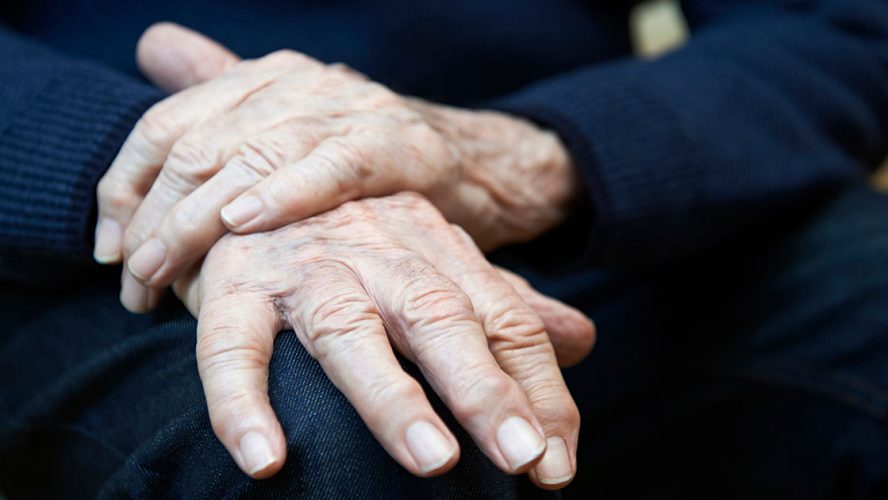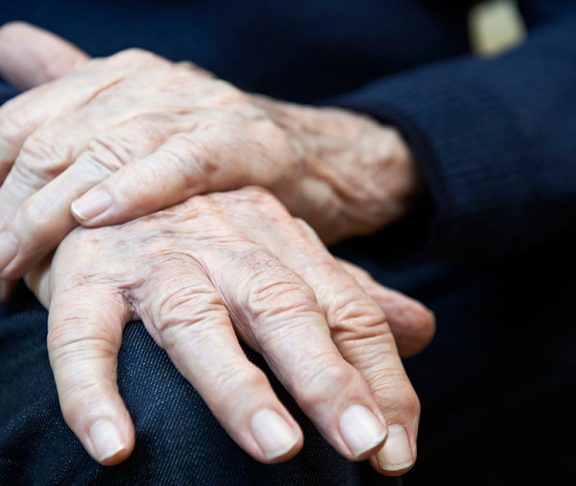An estimated one million people in the United States suffer from Parkinson’s disease, a neurodegenerative disorder marked by tremors, limb rigidity and imbalance and gait problems. While experts have made progress in identifying new treatments over the past 20 years, they haven’t yet identified a means to slow Parkinson’s progression or reverse its damage on neurons, or brain cells, that make the hormone dopamine. This hormone’s production affects the body’s ability to perform movements, according to the Parkinson’s Foundation.
Yet much of what we know now about Parkinson’s today is thanks to small grants that enabled ambitious scientists to investigate questions others hadn’t tried or had failed to answer. One of the organizations that has helped this effort is the APDA, which has raised and invested more than $170 million in research and programs dedicated to community support, education and awareness since its inception in 1961.
Funding greatly impacts research on Parkinson’s
David Standaert, M.D., PhD, the John N. Whitaker Chair in the Department of Neurology at the University of Alabama at Birmingham and the chairman of the APDA advisory board, has been studying Parkinson’s for about 25 years. He recalls the first grant he personally received from the APDA to study a neurotransmitter — glutamate — which is damaged in people with Parkinson’s. Since then, scientists have focused on this pathway as a therapeutic target for treating the disease.
“What [the APDA] tries to do is to look for the most exciting ideas among young people in the field, so we can capture and engage them,” says Standaert, noting that the organization’s smaller grants, which are around $50,000, help investigators launch their research and often move on to receive larger grants from the National Institutes of Health. In 2016, the APDA received over 80 applications and picked about a dozen to fund.
Terry Ellis, PhD, PT, NCS, assistant professor at Boston University, College of Health and Rehabilitation Sciences in the Department of Physical Therapy and Athletic Training, recalls how an APDA grant helped fund her research on a smartphone app to help Parkinson’s patients adhere to therapeutic exercise regimens.
“We’re fortunate that APDA believes strongly in the benefits of exercise for healthy living so we can help guide and educate people with Parkinson’s disease,” Ellis says.
Advancements in research mean more answers soon
Vivek K. Unni, M.D., PhD, in the Department of Neurology at Parkinson Center and Jungers Center for Neurosciences Research at Oregon Health and Science University, says there’s an urgency to study more aspects of Parkinson’s — including alpha-synuclein, which are accumulated proteins called Lewy Bodies in the brains of Parkinson’s patients — considering the world’s aging population.
“Unfortunately, even though we have known about these Lewy bodies for many years, and realize that they are always present in Parkinson’s Disease, we still do not understand how they relate to the disease,” Unni points out. “For instance, are Lewy bodies the reason that nerve cells are dying? Are they a protective reaction by the cell to some other toxic insult? Are they simply a bystander, marking the presence of disease without playing an important role in the process? We believe that answering these fundamental questions will allow us to design better treatments that can actually halt the disease process and improve its symptoms.”
Considering recent advancements in Parkinson’s research, Standaert is hopeful for more answers soon.
“We’re at a point where we’re testing things in humans that were only in the lab five years ago,” Standaert says. “This gives me tremendous optimism that we’ll find something in the next five years.”

